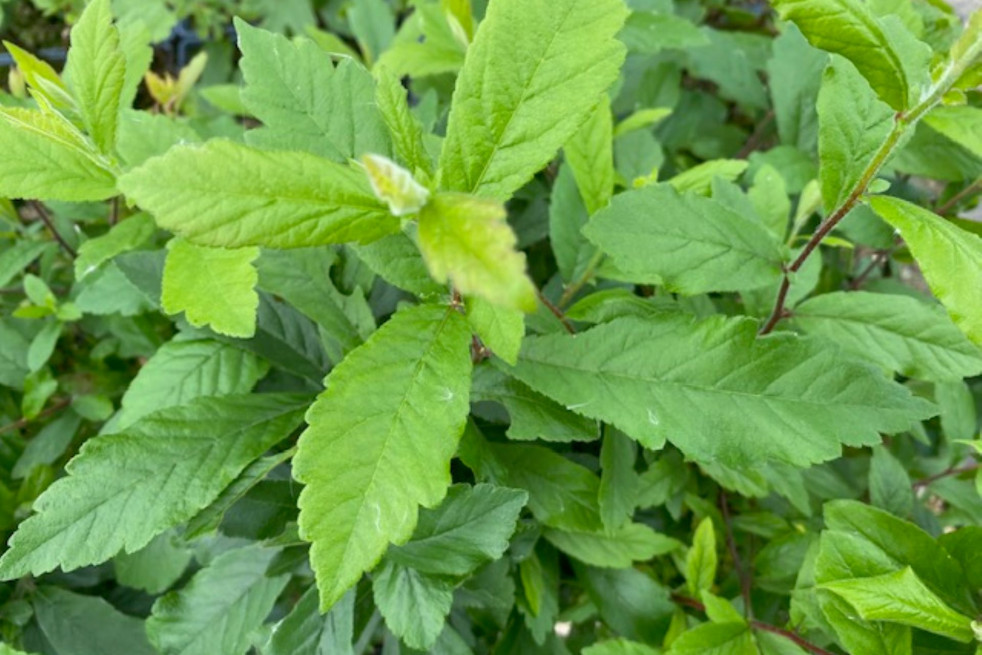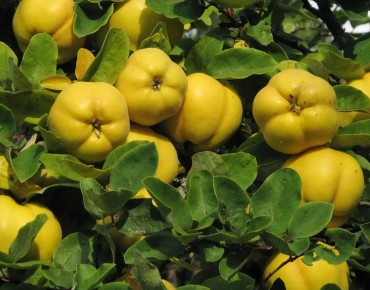- -10%
Bronvaux Medlar
Crataegomespilus Dardarii
Description
The Crataegomespilus Dardarii or Bronvaux Medlar is a tree born from a hybridization between a medlar and a hawthorn, more precisely, the cells of the two trees mixed under the grafting point creating this chimera. It owes its name to the town of Bronvaux, where it was discovered in 1895 in the garden of a Mr. Dardar.
Picturesque in its history, it is also picturesque in the charm of its port, its foliage and its flowers.
It is a small tree with a bushy crown and deciduous leaves that can reach 4 m by 2 to 3 m wide. More or less thorny and pendulous, the branches grow variably, sometimes resembling those of the medlar and other times of the hawthorn, so it happens that a branch is identical to one or the other of the two species of origin.
The leaves of this chimera resemble those of the medlar, but smaller. They are oval to oblong and finely toothed.
Flowering takes place from May to June. Similar to those of hawthorn, the flowers are white and arranged in bouquets of up to 12 flowers each.
The fruits are small brown medlars, felted and arranged in clusters. They ripen late in autumn, and sometimes even in early winter. They are eaten once the pulp has become brown and very soft. You can then enjoy them directly with a spoon or make compotes, jellies, pies, etc.
Hardy to around -29°C, Crataegomespilus Dardarii appreciates full sun and partial shade.
It can be planted in all types of soil, as long as it is well drained, nutritious and deep. It appreciates slightly acidic soils as well as neutral or basic soils.
The Bronvaux Medlar is a rather unique and rare shrub which deserves to be highlighted by placing it isolated, in the middle of a lawn for example. It will look great there, especially when it flowers in spring.
Features
- Common name : Bronvaux Medlar - Medlar-hawthorn
- Family : Rosaceae
- Category : shrub
- Spread : 2 to 3 m
- Foliage : deciduous
- Color of flowers : white
- Fruit : small medlars
- Harvest : autumn
- Use : isolated - shrubbery - hedge
- Soil : all
- Habit : Spreading
- Enemies : aphids - caterpillars
- Possible diseases : rust and powdery mildew
Expédition & livraison
How does the delivery work?
 As soon as you place your order your plants are selected
As soon as you place your order your plants are selected Each order is processed individually.
Each order is processed individually. Plants are packed, staked and labeled.
Plants are packed, staked and labeled. Packaging is carefully implemented to avoid any problems.
Packaging is carefully implemented to avoid any problems. Packages are ready to be shipped.
Packages are ready to be shipped.
Our delivery methods
Shipping of our plants throughout Europe (except overseas and islands).
Customer reviews





















